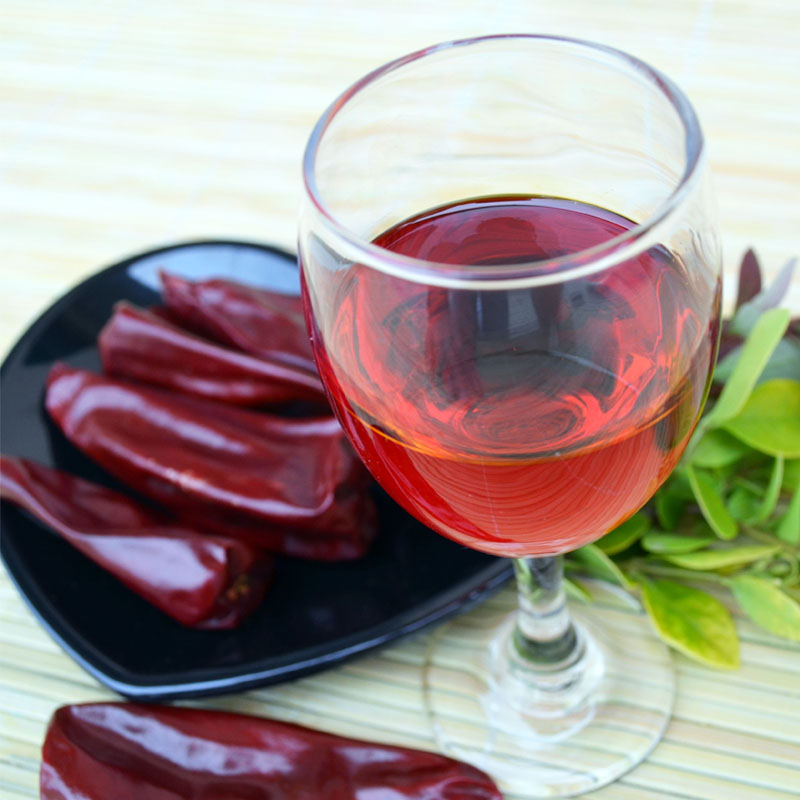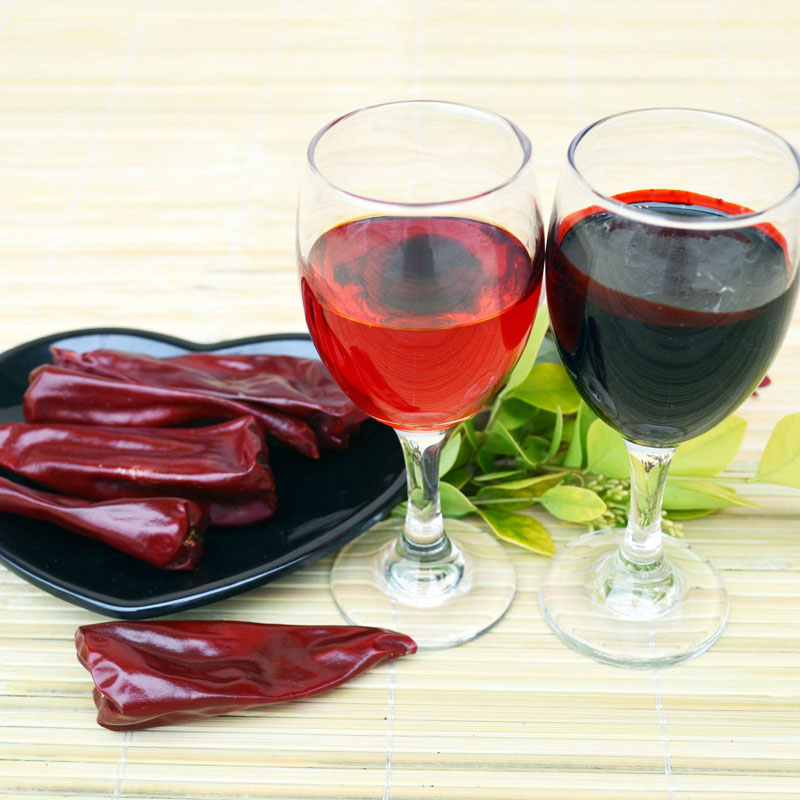- No. 268 Xianghe Street, Economic Development Zone of Xingtai city, Hebei 054001 China
- Byron@hbhongri.cn
Capsicum Frutescens Oleoresin | High-Heat, Pure, Food-Grade
A Field Report on Capsicum Frutescens Oleoresin: Heat, Color, and the Fine Print
I’ve toured enough extraction plants to know when a product is quietly doing the heavy lifting. Capsicum Frutescens Oleoresin is one of those—an oil-soluble extract that delivers precisely metered heat (and a touch of red-brown hue) to sauces, snacks, and ready meals. Many customers say it replaces inconsistent chili powders, to be honest. Origin here is clear: No. 268 Xianghe Street, Economic Development Zone of Xingtai city, Hebei 054001 China. And yes, demand is rising as brands chase clean-label heat, tighter batch control, and fewer recalls.

Industry trends (quick take)
- Standardized heat: SHU by HPLC is the new normal; fewer organoleptic-only calls.
- Cleaner extraction: more ethanol-based and CO₂ routes; stricter USP & EU limits on solvents.
- Customization: batch-specific capsaicinoid targets (≈5–15%), viscosity tuning, and color control.
Technical specifications (typical commercial grade)
| Appearance | Reddish-brown, viscous liquid |
| Capsaicinoids (HPLC) | ≈ 8–12% w/w (custom up to ≈15%) |
| Pungency (SHU) | ≈ 500,000–1,000,000 SHU (lot specific) |
| Solubility | Oil-soluble; dispersible in fats, emulsions |
| Residual solvents | Meets USP <467> Class 2/3 limits (real-world use may vary) |
| Heavy metals | Pb, Cd, Hg, As within EU/USP limits (ICP-MS) |
| Microbiology | TPC, yeast/mold within food-grade specs (ISO methods) |
| Shelf life | 24 months unopened, cool (5–25°C), dark, nitrogen-flushed |
| Packaging | HDPE or lacquered steel drums, 5–25 kg |

Process flow (how it’s made, briefly)
Materials: dried, clean Capsicum annuum/frutescens pods. Method: milling → solvent extraction (food-grade ethanol or hexane; CO₂ on premium runs) → filtration → solvent recovery → polishing → standardization (vegetable oil) → micro-filtration → nitrogen flush → pack-out. Testing: capsaicinoids by HPLC (AOAC), SHU (ASTA), solvent residues USP <467>, pesticides per EU 396/2005, heavy metals by ICP-MS, micro per ISO 4833 series. Service life depends on oxygen and light control—nitrogen blanket matters more than people think.
Applications and advantages
- Food: hot sauces, BBQ glazes, instant noodles, meat injection/marinades, snack dustings, plant-based ready meals.
- Beverage: michelada/Bloody Mary premixes (emulsified).
- Nutraceutical/topical: warming balms and rubs (always validate local regs).
- Advantages: precise, batch-stable heat; lower dosage than powders; clean sensory without seed/grit; scalable dosing in continuous systems.

Vendor comparison (snapshot)
| Vendor | Capsaicinoids | Certifications | Lead time | Notes |
|---|---|---|---|---|
| Hongri Spice (Hebei, China) | ≈ 5–15% (custom) | ISO 22000/FSSC, HACCP, Halal, Kosher | 2–4 weeks | Tight SHU control; nitrogen-flushed drums |
| Supplier A (India) | ≈ 6–12% | HACCP, Halal | 3–5 weeks | Good price points, basic customization |
| Supplier B (EU) | ≈ 8–10% | FSSC 22000, Organic lines | 4–6 weeks | Premium CO₂ option; higher MOQ |
Customization and test data
Options include target SHU, viscosity, color minimization (for “heat-without-color” SKUs), carrier oil selection, and low-residual-solvent runs. Example lot data: capsaicinoids 10.4% (HPLC), ≈ 820,000 SHU (ASTA method), residual solvents compliant with USP <467>, pesticides within EU 396/2005 MRLs, Pb < 0.5 mg/kg, As < 0.1 mg/kg, TPC < 10³ cfu/g.

Case snapshots (real factories, real constraints)
- Snack line: switched from chili powder to Capsicum Frutescens Oleoresin; batch deviation dropped from ±20% to ±5% SHU, with 7% seasoning cost reduction.
- Hot sauce brand: ethanol-extracted, low-residual spec enabled “cleaner label” claim; returns for heat inconsistency fell noticeably, according to the QA lead.
- Topical balm maker: standardized 9% capsaicinoids; stability extended to 24 months with nitrogen headspace and amber drums.
Final note: for export-ready compliance, look for FSSC 22000 or ISO 22000, HACCP plan on file, Halal/Kosher as needed, and COAs listing HPLC capsaicinoids plus solvent and pesticide panels. It seems obvious, but ask for the actual methods used.
Citations
- ASTA Analytical Methods, Capsaicinoids/SHU by HPLC.
- AOAC Official Method 995.03, Determination of Capsaicinoids by HPLC.
- USP <467> Residual Solvents, United States Pharmacopeia.
- EU Regulation (EC) No 396/2005 on pesticide MRLs.
- JECFA Monographs: Capsicum extracts/oleoresins as flavoring agents.
-
Capsicum frutescens oleoresin – High Purity, Food GradeNewsNov.17,2025
-
Capsicum Frutescens Oleoresin – Natural Heat & FlavorNewsNov.17,2025
-
Peppereka Powder – Fresh, Vibrant Color & Sweet AromaNewsNov.17,2025
-
Paprika Oleoresin | Natural Red Color, Heat & Flavor BoostNewsNov.17,2025
-
Pure Turmeric Extract 95% Curcumin | Potent, Lab-TestedNewsNov.17,2025
-
Red Papper Pods – Premium Sun-Dried, Bold Heat & AromaNewsNov.10,2025







